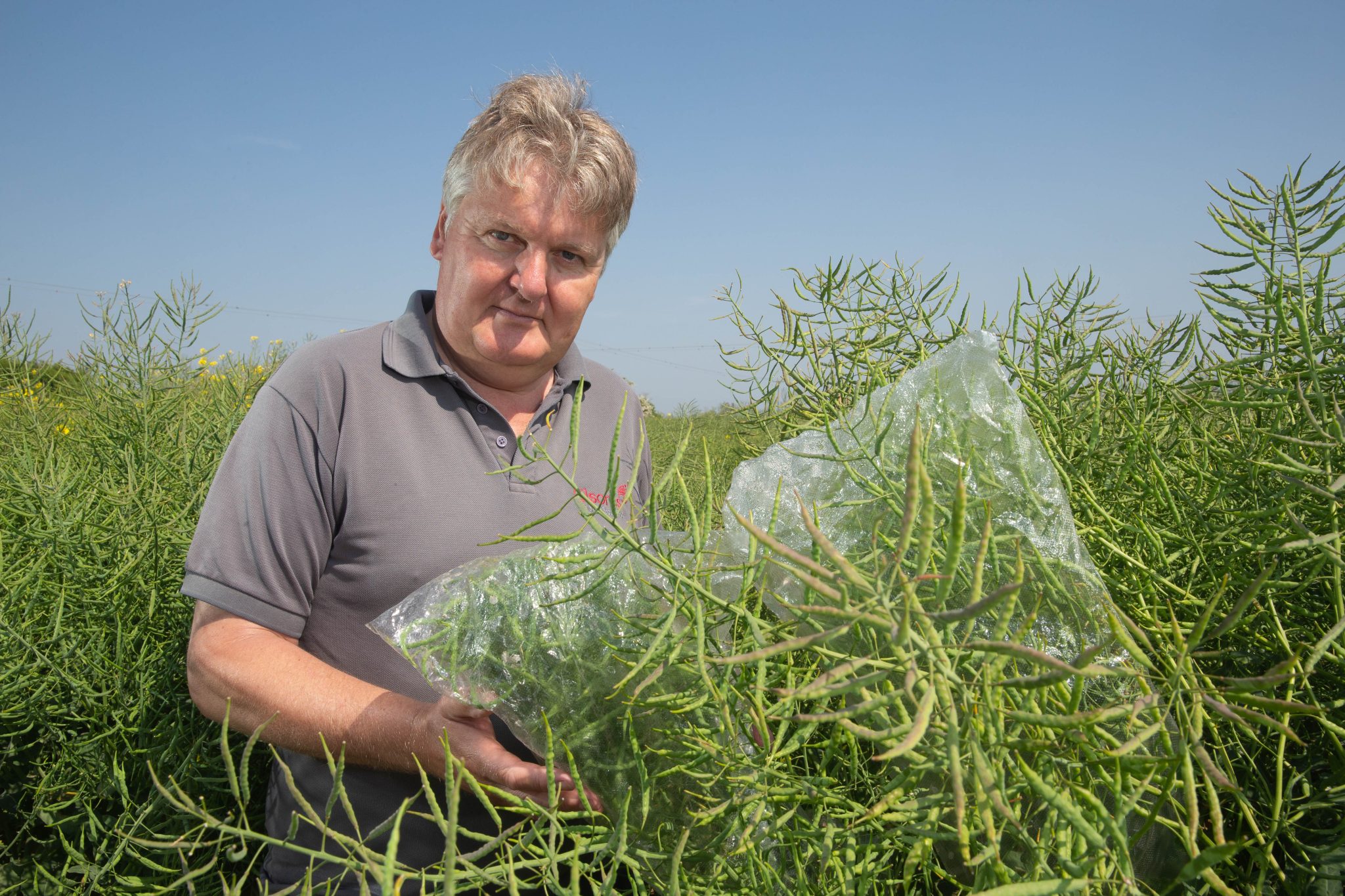
External influences such as climate change, pest pressure and availability of crop protection products have placed greater emphasis on the role of plant breeding in agriculture. Although a significant shift in understanding has already expanded the breeding toolbox, there is more to be done to ensure a sustainable future.
Mark Nightingale, Oilseed Rape Plant Breeder and Technical Manager for Elsoms Seeds Ltd, discusses changes the industry could make to contribute towards future-proofing agriculture.
“Historically, top yields were the goal for both breeders and growers, but now the focus has shifted to crops with other genetic traits, aspects that support a crop to overcome challenges. This could mean a lower yield, but with more guaranteed harvestable returns.
This is because times have changed. As result of global warming, considering environmental impact is key. Rainfall is increasingly erratic and the quantity more variable, winters are milder and therefore pests and diseases are becoming more of a problem. This means survival in environmental extremes is critical as we move through the coming decades – varieties will have to be tolerant to water-logging, drought and heat.
But, another aspect of ‘environment’ is geographical location. Conducting field trials across multiple sites and locations helps to ensure varieties are stable, and support informed decision making for growers. This is important given the highly variable growing conditions we experience across the UK.
The days of long-lasting insecticides are a distant memory, so genetic resistance supported by robust crop establishment helps to withstand insect damage. For breeders, use of novel diverse germplasm to identify insect resistance or novel disease resistance is a tool to be used. For growers, optimising drilling or planting dates supports crops to grow away from damage, before pest pressure reaches its peak.
Furthermore, introducing greater diversity into rotations and avoiding large mono cultures will help to naturally reduce the spread of pests and diseases,
But, we also must protect existing resistant genes, to avoid exploiting their efficacy and potentially losing them in the future. Disease can mutate very quickly, outdating control measures within years. We must carefully consider how to protect their longevity.
There are a number of exciting novel research projects that could be explored to help overcome the challenges the industry faces –
- Nutrients are becoming scarce, our soils are depleted, and we need to reduce the impact of synthetic protection and nutritional products. Developing varieties that require less nitrogen and phosphorus could be an exciting step forward.
- Developing crops with multiple end uses, an example being oilseed rape. How do we use more than just the seed? Can we use the fibres in the stems, speciality waxes from the pods and straw walls, and can we use the pulp in biogas production? Achieving more from the same crop adds value whilst reducing the overall environmental load.
- Finally, and perhaps seen as a controversial one, the development of tailor-made mechanisms or genes to protect crops. GMO technology is very exciting if regulated and tested, this has great potential to answer a lot of problems.”
To learn more about the future of plant breeding, sign up to a knowledge exchange event, hosted by CHAP and the Soil Association next month.
CHAP aims to build networks of leading scientists, farmers, advisors, businesses and academia to understand industry priorities and develop innovative solutions. To be our next guest contributor, e-mail [email protected]





